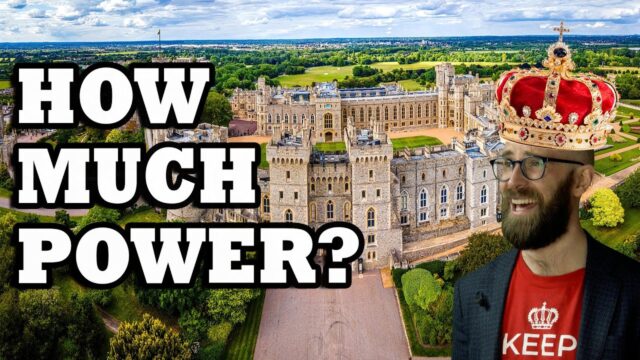“Unraveling the Myths: The Surprising Reality of Medieval Monarchical Power Revealed!”
But going back to the kings and queens, medieval monarchs also had to contend with some very practical headaches when it came to administering their lands. They could not project their central authority everywhere at once, thus they needed to keep their vassals and administrators on their side, so that they could govern locally on their stead.
They also needed money, so, once again, they needed the cooperation of a delocalised structure to bring in those sweet tithes and taxes.
And they needed soldiers to wage wars! Thus, monarchs were careful not to rub their vassals the wrong way, lest they refused to fund and raise new levies.
The Abbasid Caliph and the Mongol Kaghan may have enjoyed more direct control and power over their Empires, thanks to larger, centrally funded, professional or semi-professional armies who could enforce their rule. Nonetheless, they still had to delegate part of their power to courts of skilled advisors, networks of decentralised governors, and military commanders. All of whom had to be kept happy lest they stage a rebellion!
Besides, as was the case of Temujin, they may have chosen not to place themselves above the Law.
The case of the Papacy in the early 13th Century is an interesting and rather unique one due to the skill of the individual Popes and their ability to combine a very effective set of tools. But their own power was subject to the influence of their cardinals, and external pressure from other rulers as well. In all cases a delicate dance between monarchs and their wealthy underlings, and the underlings with their subjects in the dust whose labours everything else was built on.











